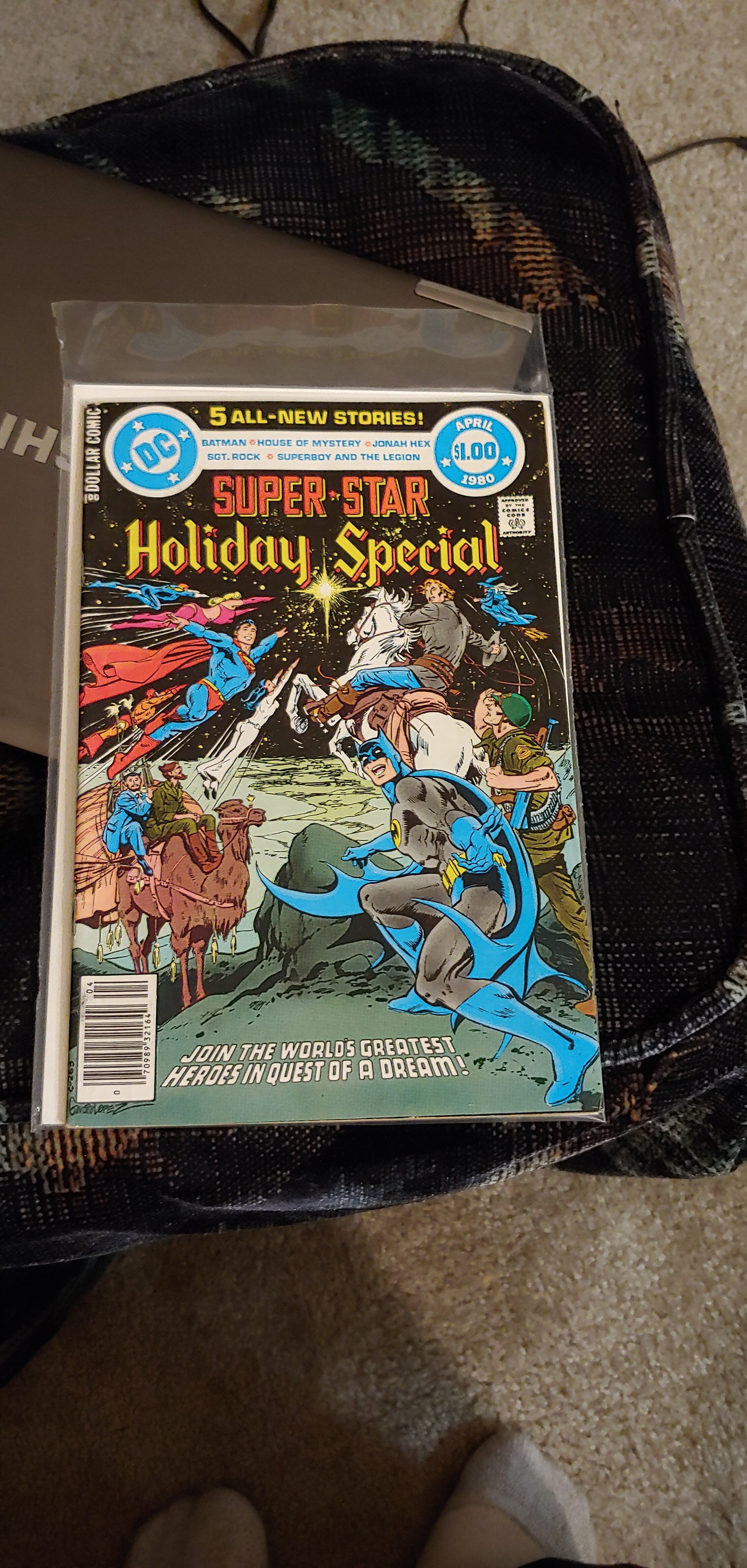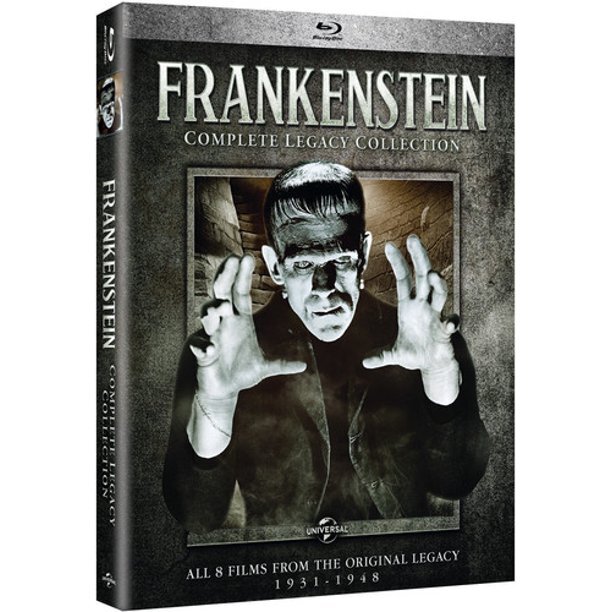As is ritual at this point, here’s my media round-up for 2020: what I wrote, what was published, and what I read, listened to, and watched.
WRITING
Similar to last year, not much to report on this front. 2020 was again not a good year for creating new content. I didn’t track what little fiction writing I managed to do – but I know there were far more days where I didn’t write than there were days I wrote. I’m considering it another “recharging” year, as I consumed and processed a lot of wonderful (and not-so-wonderful) books, television, movies, and “live” (via Zoo) theatre. The writing I did manage was mostly work on previous unfinished short stories, or non-fiction like book reviews and blog posts.
PROOFREADING/COPY-EDITING
I did a fair about of proofreading and copy-editing this year. In addition to my usual gig at Lightspeed Magazine from Adamant Press, I hired on as proofreader for the revived Fantasy Magazine as well. I also copy-edited Adamant Press’s anthology trilogy The Dystopia Triptych (Ignorance is Strength; Burn the Ashes; Or Else the Light). I did proofread Frank Schildiner’s spy novella The Klaus Protocol and his sword-and-sandal novella The Warrior’s Pilgrimage. I proofread the charity anthology Surviving Tomorrow and several volumes of Bryan Thomas Schmidt’s John Simon Thrillers and a few other titles I don’t feel at liberty to mention because those authors have not yet announced the books. This has become an unexpectedly fun side-line and I must be doing a good job because authors and editors keep asking me to do more! (If I proofread for you in 2020 and you’re not on this list, sorry! I didn’t keep a database tracking all the projects I worked on.)
PUBLISHING
2020 saw no new or reprinted stories published.
I wrote three paid book reviews for Strange Horizons magazine:
· The Trans-Space Octopus Congregation by Bogi Takács
· Eridani’s Crown by Alex Schvartsman
· The Mid-Winter Witch by Molly Knox Ostertag
READING
I set myself a variety of reading challenges in 2020. I managed to complete a few of them.
Goodreads Challenge:
I challenged myself to read 125 books. I read 154 books from approximately 73 different publishers.
Here’s the breakdown:
Fiction: 146 books
Non-Fiction: 11 books
Other Book Stats:
# of Authors/Editors: approximately 136 (including graphic novel artists; I need to be better at listing all the creators of graphic novels somehow). The following breakdown is estimated because not every author shares their personal information online, and many people overlap categories, but roughly:
· 32 female creators
· 3 Trans/Non-Binary
· 20 LGBTQIA+
· 25 Persons of Color
Shortest Book Read: 24 pages (Whose Boat Is This? by Stephen Colbert / Late Night Writers)
Longest Book Read: 528 (Middlegame by Seanan McGuire) (The Sandman audiobook accounts for 632 pages of graphic novel, so technically that’s longer)
Total # of pages read: 30,793
Average # of pages per book: 199
# of Rereads: 6 (including annual rereads of Roger Zelazny’s A Night in the Lonesome October and Charles Dickens’ A Christmas Carol)
Monthly Breakdown:
· January: 19
· February: 12
· March: 8
· April: 11
· May: 8
· June: 3 (lowest read in a month)
· July: 16
· August: 21
· September: 8
· October: 9
· November: 15
· December: 24 (most read in a month)
Review-wise on Goodreads I gave 19 three-stars, 84 four-stars, and 51 five-star reviews.
Format Summary:
15 audiobooks
31 e-books
108 print
26 hardcovers
82 softcovers
366 Short Stories Challenge:
Each year, I challenge myself to read one short story per day. Since 2020 was a leap year, I aimed for 366 stories. I read 375 stories, beating the goal by a small margin.
Total # of pages read: approximately 6,139 pages of fiction
Average story length: 16.5 pages
Shortest story: 1 page long (“Six Waking Nightmares” by Mike Allen, and two Dresden File micro-fictions by Jim Butcher)
Longest story (novella): 190 pages (“If It Bleeds” by Stephen King).
The breakdown of where the stories appeared:
9 Magazines
9 Anthologies
Surviving Tomorrow
Dagon Rising
Where the Veil is Thin
The Sinister Quartet
Ignorance is Strength (The Dystopia Triptych Volume 1)
Burn the Ashes (The Dystopia Triptych Volume 2)
Or Else the Light (The Dystopia Triptych Volume 3)
Parallel Worlds: The Heroes Within
Athena’s Daughters
10 Single-Author Collections
Killer, Come Back to Me by Ray Bradbury
Dying with Her Cheer Pants on by Seanan McGuire
Fancies and Goodnights by John Collier
Halloween Season by Lucy A. Snyder
Greatheart Silver and Other Pulp Heroes by Philip Jose Farmer
If It Bleeds by Stephen King
Aftermath of an Industrial Accident by Mike Allen
Anthems Outside of Time by Kenneth Schneyer
Spinning Around A Sun by Everett Maroon
The Grand Tour by E. Catherine Tobler
The Burglar in Short Order by Lawrence Block
4 published as “back-matter” in the following novels
A Killing Frost by Seanan McGuire
Imaginary Numbers by Seanan McGuire
Carson of Venus: The Edge of All Worlds by Matt Betts
Tarzan: The Battle for Pellucidar by Win Scott Eckert
22 Stand-alone (self-pubbed or publisher-pubbed in e-format)
12 Seanan McGuire (Patreon)
2 Mysterious Bookstore (Printed pamphlet giveaways)
2 ‘Nathan Burgoine (author website)
1 H.P. Lovecraft (e-pub of “Horror at Red Hook”)
5 Jim Butcher (author website/newsletter)
Those 375 stories were written by 189 different authors. The following breakdown is estimated because not every author shares their personal information online, and some people overlap categories, but roughly:
· 84 female creators
· 7 Trans/Non-Binary
· 25 LGBTQIA+
· 54 Persons of Color
Monthly Breakdown:
· January: 26
· February: 17
· March: 14
· April: 24
· May: 11
· June: 17
· July: 106
· August: 27
· September: 24
· October: 53
· November: 38
· December: 18
For short stories, I gave 1 1-star rating, 5 2-star ratings, 134 3-star, 180 4-star, and 55 5-star ratings.
Graphic Novel Challenge:
Because I own so many, I challenged myself to read one graphic novel per week. I didn’t make it, reading a total of 38 from 11 different publishers:
· DC Comics: 11
· Marvel Comics: 11
· BOOM! Box: 8
· Image: 1
· Dark Horse: 1
· FirstSecond: 1
· Hard Case Crime: 1
· Scholastic Books: 1
· Berger Books: 1
· Disney: 1
· Pantheon Books: 1
To Be Read Challenge: I challenged myself to read 12 specific books that had been on my bookshelves for over a year (meaning nothing published in 2019) and assigned 2 alternate titles. I read 11 of the 12 main titles (identified in italics) but neither of the alternates:
1. Tales of the City by Armistead Maupin
2. No Longer at Ease by Chinua Achebe
3. Logan’s Run by William F. Nolan and George Clayton Johnson
4. A Diet of Treacle by Lawrence Block
5. Shadowhouse Falls by Daniel Jose Older
6. Greatheart Silver by Philip Jose Farmer
7. Pirates of Venus by Edgar Rice Burroughs
8. The Bad Seed by William March
9. The Parable of the Sower by Octavia E. Butler
10. Choke Hold by Christa Faust
11. Trail of Lightning by Rebecca Roanhorse
12. The Complete Persepolis by Marjane Satrapi
Alternate #1: The Mystery of the Sea by Bram Stoker
Alternate #2: Excalibur! by Gil Kane and John Jakes
Non-Fiction Challenge: I didn’t do as well on this one. I challenged myself to read 24 non-fiction books in 2019, and I only read 11. (That was better than 2019’s 4, though.)
Read the Book, Watch the Movie Challenge: I didn’t set a numbered goal for this one in 2020, but I managed two: Evening Primrose and The Bad Seed.
Complete the Series Challenge: As with the non-fiction challenge, I hit 50% on this one. Planned to read 4 complete series, totaling 16 books (backing out the two Marlowes and one Achebe I had read in 2019), and read 9 of 16, completing 2 series:
THE VELVETEEN SERIES by Seanan McGuire
1. Velveteen Vs. The Junior Super-Patriots
2. Velveteen Vs. The Multiverse
3. Velveteen Vs. The Seasons
THE AFRICA TRILOGY BY Chinua Achebe – COMPLETED
1. Things Fall Apart – read in 2018
2. No Longer at Ease – read in December 2020
3. Arrow of God – read in February 2020
CARSON OF VENUS by Edgar Rice Burroughs
1. Pirates of Venus – read in January 2020
2. Lost on Venus
3. Carson of Venus
4. Escape on Venus
5. The Wizard of Venus
THE PHILIP MARLOWE SERIES (audiobook versions) - COMPLETED
1. The Big Sleep – listened to in November 2019
2. Farewell, My Lovely – listened to in November 2019
3. The High Window – listened to in January 2020
4. The Lady in the Lake – listened in January 2020
5. The Little Sister – listened in January 2020
6. The Long Goodbye – listened in April 2020
7. Playback – read in November 2020
8. Poodle Springs (started by Chandler, completed by Robert B. Parker) – read in November 2020
VIEWING
I tried tracking the movies, TV, and live events I watched this year. Here’s how that went:
Movies: Apparently, I only watched 27 movies this year, totaling 45.5 hours. The shortest was a half-hour long short film (Unspeakable, directed by Milena Govich) and the two longest were approximately 2.5 hours (Wonder Woman 84 and Billy Elliot The Musical Live). The breakdown of what I watched where is:
· 6 on BroadwayHD
· 2 on Disney+
· 12 on DVD
· 1 on HBOMax (Wonder Woman 84)
· 2 on Netflix
· 2 on Cable television
· 1 on YouTube (Unspeakable)
· 1 in the theater (1917)
Of these, 14 were first time watches, the rest movies I’ve seen before. 3 were comedies, 1 was a documentary (The House In Between), 3 were dramas, 1 was fantasy (Excalibur), 7 were horror, 8 were musicals, 3 were science fiction, and 1 was a super-hero movie (Wonder Woman 84). I suspect 2021’s numbers will match the above “what I watched where” breakdown, until COVID-19 is well and truly under control.
Live Events: I attended 2 live events this year (thanks, COVID-19!), and one of those was via Zoom.
· 1 play (Othello, live on Zoom)
· 1 sports event (ice hockey, the Atlanta Gladiators versus the Greenville Swamprabbits)
I miss live theater and live music.
Television: I watched approximately 230 hours of episodic television:
· 13 Reasons Why (36 episodes)
· Arrow (3 episodes)
· Batwoman (11 episodes)
· Cursed (10 episodes)
· DC’s Legends of Tomorrow (15 episodes)
· Doctor Who (10 episode)
· Leslie Jones: Time Machine (1 episode)
· Locke & Key (10 episodes)
· Monsterland (8 episodes)
· Muppets Now (6 episodes)
· Perry Mason (8 episodes)
· Stargirl (13 episodes)
· Star Trek: Discovery (29 episodes)
· Star Trek: Picard (10 episodes)
· Star Trek: Short Treks (5 episodes)
· Star Trek: The Original Series (2 episodes)
· Supergirl (140episodes)
· Terriers (13 episodes)
· The Flash (10 episodes)
· The Mandalorian (16 episodes)
· Watchmen (3 episodes)
Genre breakdown for television watched:
· 2 crime/noir
· 3 comedies
· 6 science fiction
· 7 superhero
· 2 fantasy
· 1 horror
· 1 drama
All were live action except for 1 animated show (Animaniacs). Only the two episodes of ST:TOS were “re-watches.”
So, there you have it: my writing, publishing, reading, and viewing by the numbers, for 2020.
Earlier this month, I posted about my reading challenges for 2021, if you’re interested.









